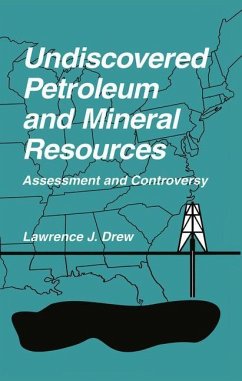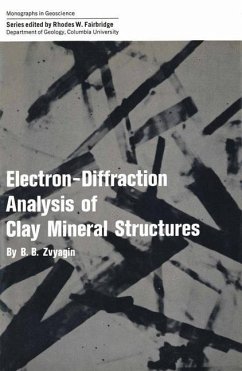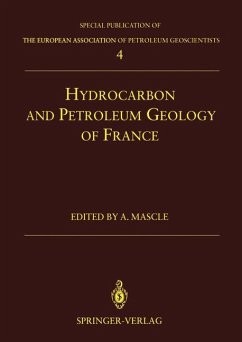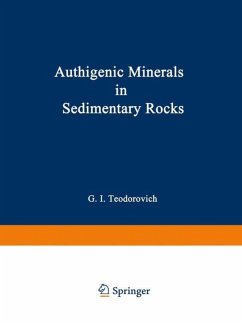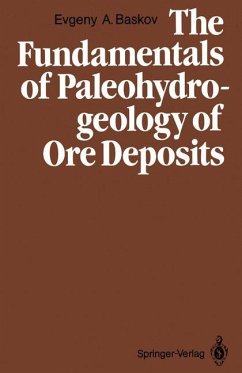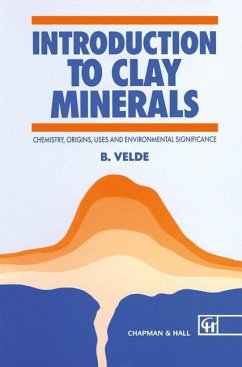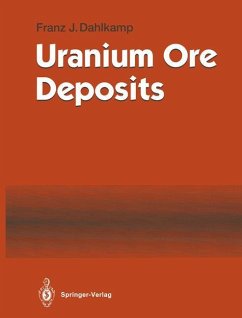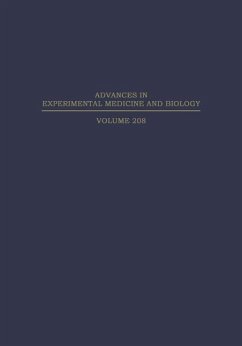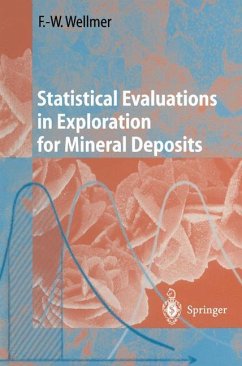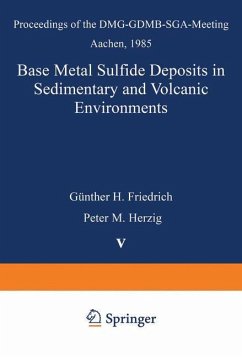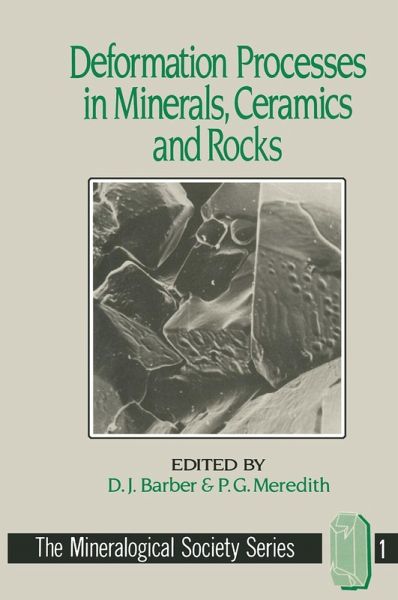
Deformation Processes in Minerals, Ceramics and Rocks

PAYBACK Punkte
20 °P sammeln!
This monograph has its origins in a two-day meeting with the same title held in London, England in the spring of 1987. The idea for the meeting came from members of the UK Mineral and Rock Physics Group. It was held under the auspices of, and made possible by the generous support of, the Mineralogical Society of Great Britain and Ireland. Additional financial assistance was provided by ECC International pIc and the Cookson Group pIc. The aims of the London meeting were to survey the current state of knowledge about deformation processes in non-metallic materials and to bring together both expe...
This monograph has its origins in a two-day meeting with the same title held in London, England in the spring of 1987. The idea for the meeting came from members of the UK Mineral and Rock Physics Group. It was held under the auspices of, and made possible by the generous support of, the Mineralogical Society of Great Britain and Ireland. Additional financial assistance was provided by ECC International pIc and the Cookson Group pIc. The aims of the London meeting were to survey the current state of knowledge about deformation processes in non-metallic materials and to bring together both experts and less experienced Earth scientists and ceramicists who normally had little contact but shared common interests in deformation mechanisms. This monograph has similar aims and, indeed, most of its authors were keynote speakers at the meeting. Consequently, most of the contributions contain a review element in addition to the presentation and discussion of new results. In adopting this format, the editors hope that the monograph will provide a valuable state-of-the-art sourcebook, both to active researchers and also to graduate students just starting in the relevant fields.



